Open season for recreational crabbing, in much of Puget Sound, Washington, begins in early July.
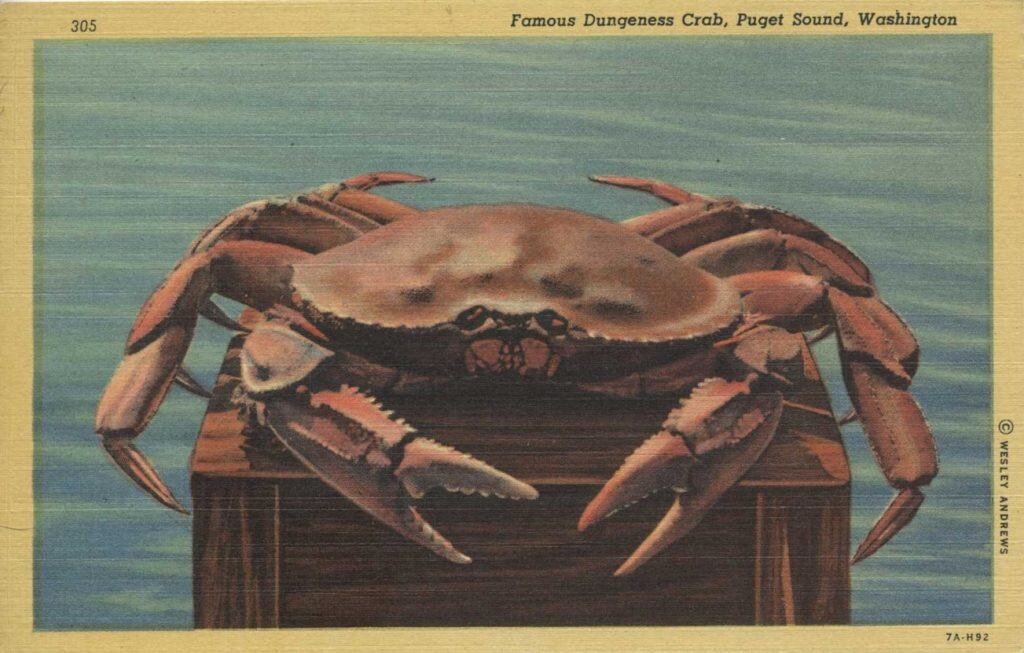
Be prepared to grab your Washington state shellfish and seaweed license with the required endorsement for “Puget Sound Dungeness Crab,” your crab pot or crab ring, and head out to capture those wily critters.
It was Captain George Vancouver who named the current site of Dungeness, Washington, New Dungeness. It probably reminded him of the similarly named area on England’s southeast coast facing the English Channel.
Dungeness, Washington, located in Clallam County, is north of Sequim on the Olympic Peninsula. Since the early 1800s, crabs have been commercially harvested in the New Dungeness area, thus the naming of this particular species of crab.
Washington’s Long Beach Peninsula, just like nearly every bay on the coast, the Straits, or Puget Sound, is a good place to drop a crab pot.
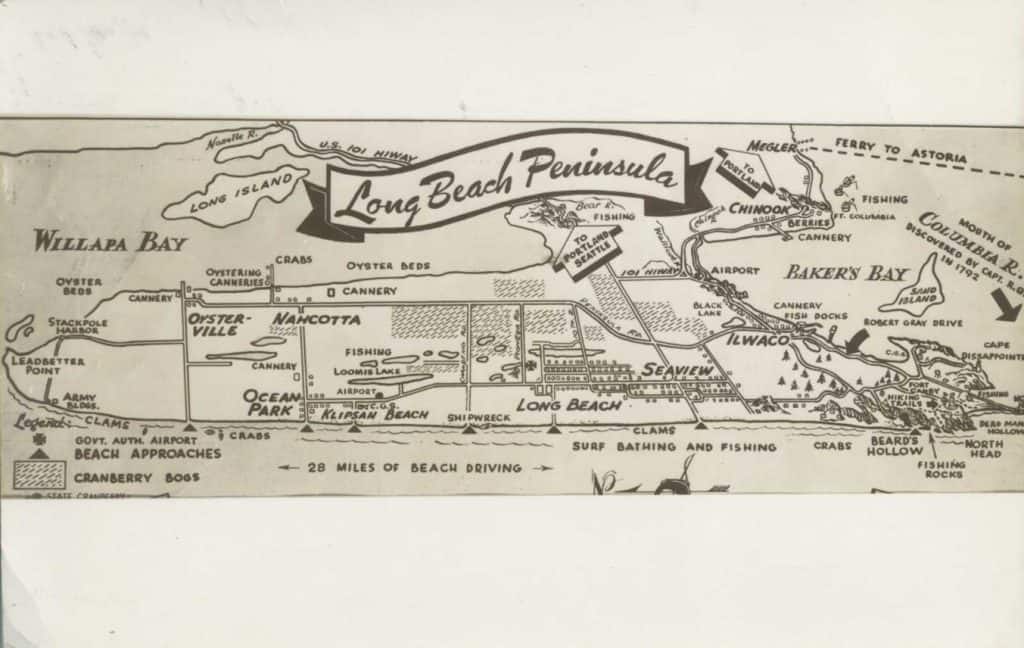
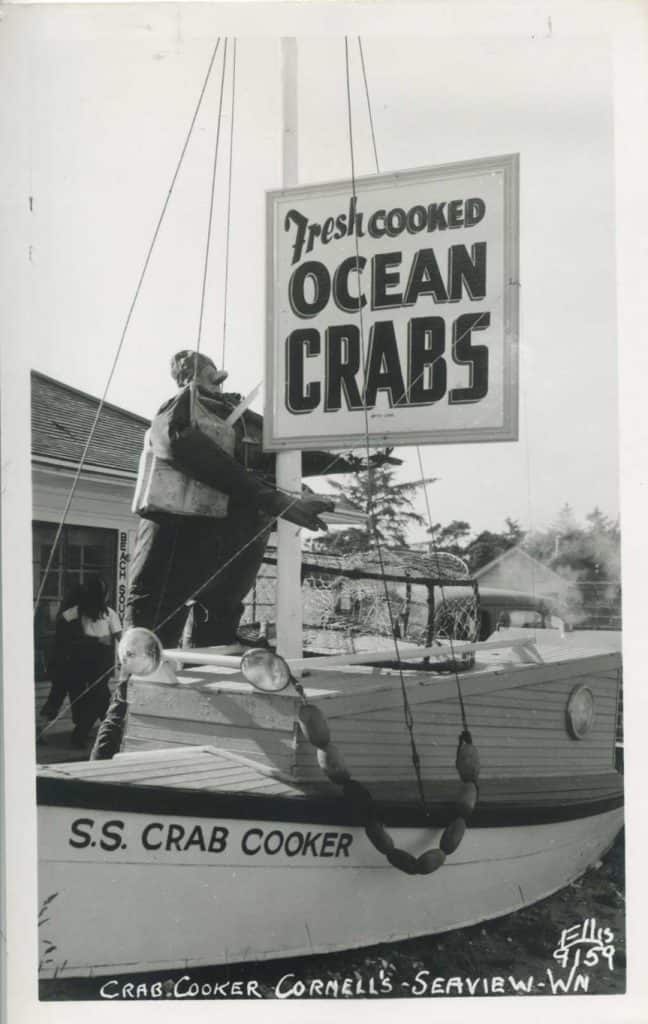
The average weight of a Dungeness crab is around two pounds. Prices can be all over the map. For example, one cooked crab from Pike Place Market could be $39.99, $11.99/pound in Newport Oregon, and $18.00/pound at a Seattle grocery store.
Prices vary significantly depending on the season and abundance.
It may be a surprise to learn that only four states in the USA have an official state crustacean. The Dungeness crab is the state crustacean for Oregon. Sadly, Washington state has no designated state crustacean. Too bad the Dungeness crab is already taken, especially since a geographic location in Washington lends its name to this delicious creature.
In our early days of boating we came back to the ramp on the Swinomish Slough after crabbing off of Anacortes. Ed grabbed a live Dungeness crab, but the crab was faster! It got a hold of Ed’s thumb nail and held on for dear life. Well, the more Ed screamed in pain the more I laughed, until tears were running down my face. Not exactly what your partner should be doing when you are in extreme agony. My excuse was that laughing is related to crying and my sympathy for Ed’s predicament manifested in tears – of laughter.
Happily, Ed eventually won the battle, but have you ever thought about the “pinching power” of a crab’s claw? It can exert some of the highest muscle force of any animal. Some crabs can exert up to 14,000 pounds per square inch. Though not the Dungeness, even though, Dungeness crabs still can pack quite a wallop in the pinching department. Ouch!

Reasons for not naming your food. Earlier in our boating life we went crabbing off Bainbridge Island. The first Dungeness crab we ever caught we kept alive in a bucket in our little boat. I named the crab Mortimer.
Please don’t ask why I named it. I have no answer, but as a side note, I just discovered that “Mortimer” has a French origin and means, “dead sea.” It also has a Latin meaning, “dwells by the still water.”
Naming your live food can be traumatic, especially when you are trying to stick your crab into a pot of boiling water. The $%@# thing will try to climb out. Wouldn’t you?
This was extremely upsetting for the crab and for me. [Could it be that Mortimer never recognized his name when I was trying to talk him into the hot water?] We learned that dispatching the crab back at the dock in a relatively humane way, worked a heck of a lot better. Another side note: it is illegal to boil lobsters alive, but apparently there is no such law against cooking crabs this way.
Let’s keep thinking, but this time, think about derelict crab pots. While researching this article I discovered a website entitled, Northwest Straits Foundation (NSF), which has a derelict crab pot removal and prevention project page.
They state that 12,000 crab pots are lost every year just in the Salish Sea. (The Salish Sea is a small part of the Pacific Ocean located in the Canadian province of British Columbia and the U.S. state of Washington.) This equates to potentially killing around 177,000 unharvested crabs annually. That is a shocking number.
The Dungeness crab, long before being discovered by European settlers, was considered a delicacy by indigenous inhabitants. Today these crabs continue to be commercially and recreationally harvested given how delicious they are.
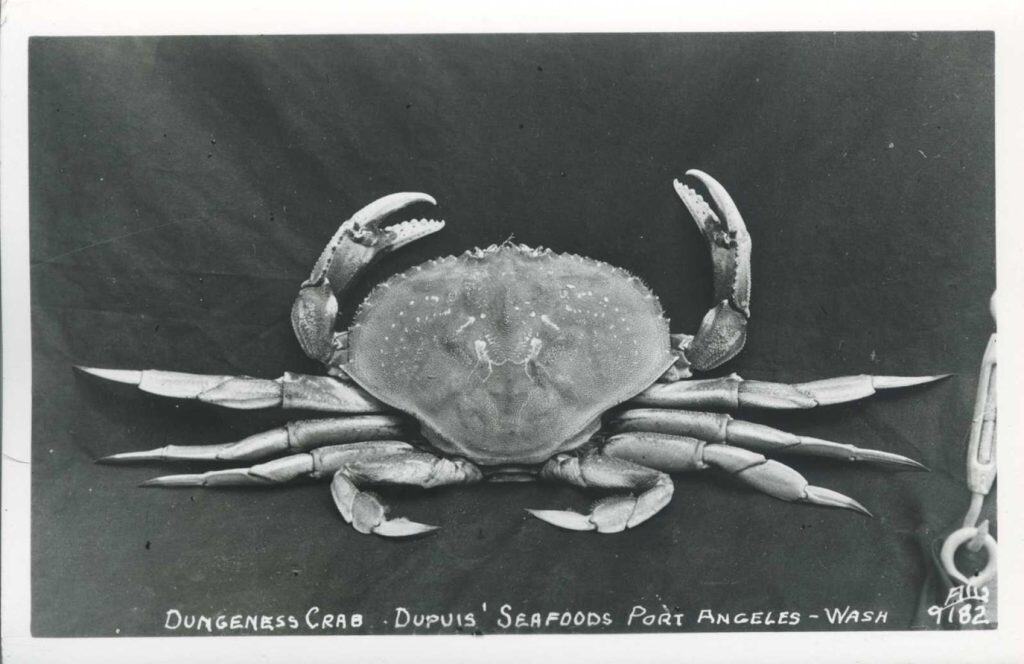
Bon Appetit!
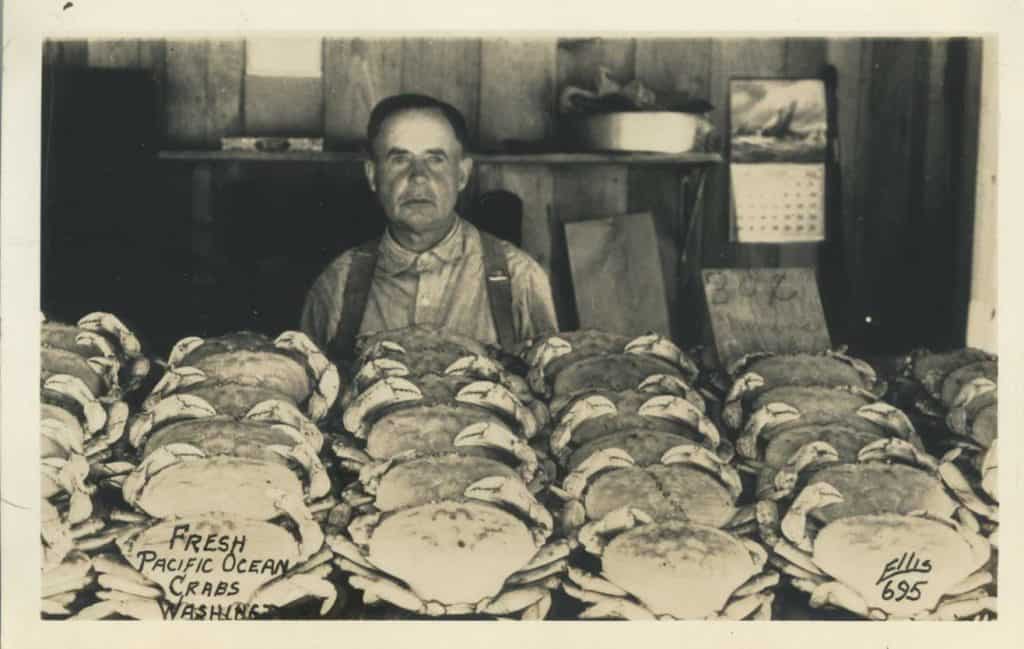
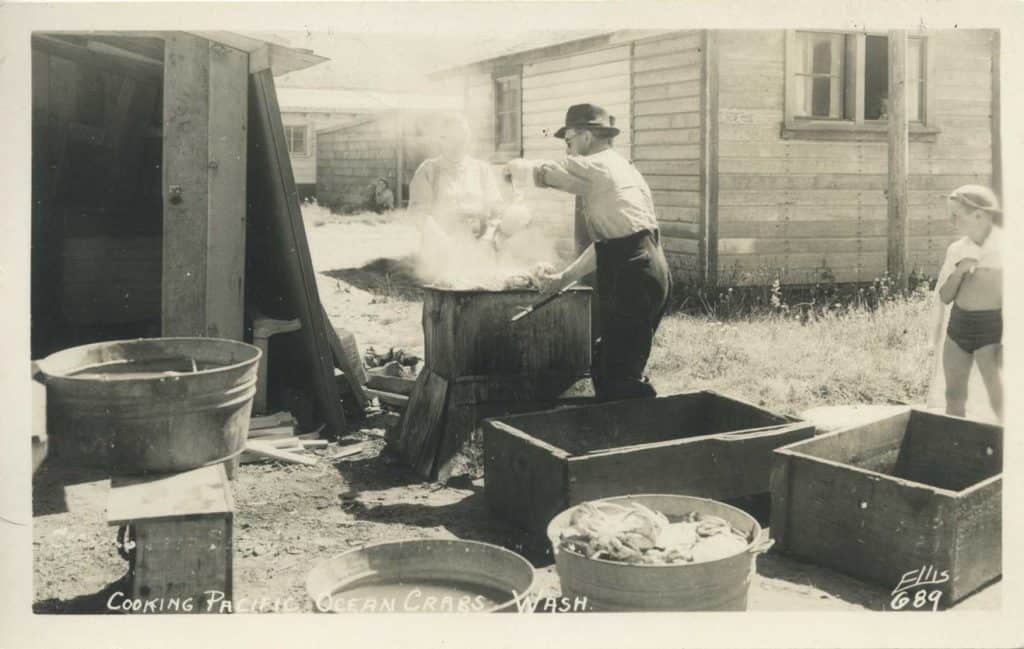
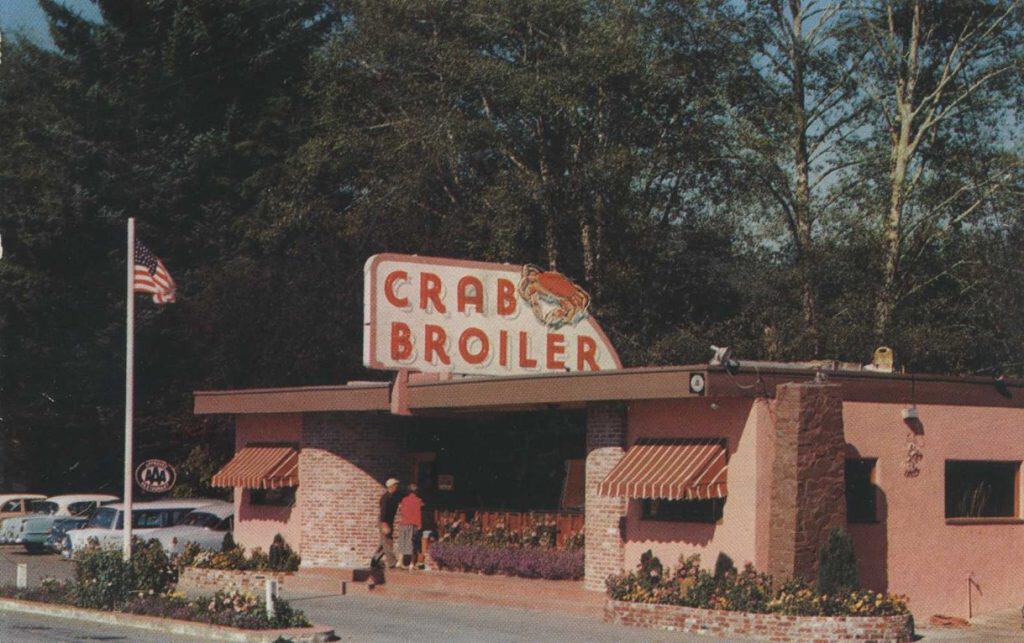

Sadly, I found out the hard way that I was allergic to crab. In fact, shellfish is the leading cause of food allergy in the U.S.
Interesting article, Colleen. I remember trading postcards with you about thirty years ago when you were looking for depictions of women fishing.
Good article, Colleen. I hope you laugh less when Ed screams (maybe he screams less) now when the crab ‘bites’ but I laughed too.
I love the caption on the first postcard! It makes it sound as though that particular crab is “famous” for something! One of the postcard prompts next month is markets, and I have two old cards from Fisherman’s Wharf in San Francisco with the Dungeness crabs for sale. I’m not as old as the postcards, but did grow up near there and had their crabs. I’m in Oregon now and didn’t know I had a State Crustacean! I love crab, if it is already cooked and cleaned! My son went crabbing and salmon fishing, and I told him to not… Read more »
Thanks for making me very hungry, Colleen! It has been too long since Darlene and I have been up to Washington and enjoyed a good crab dinner. Someday soon, I hope; I’ll call you and Ed to join us.
Fun topic. I grew up in Oregon and spent many great summers in Seaside where my Grandparents owned a cottage, Went to the Crab Broiler restaurant many times as a child with my family. I have that Postcard of the pink Restaurant and several other cards of coastal eateries. I’ve been enjoying Dungeness Crab since I was just a little tyke. Nice memories. Thank you Colleen.